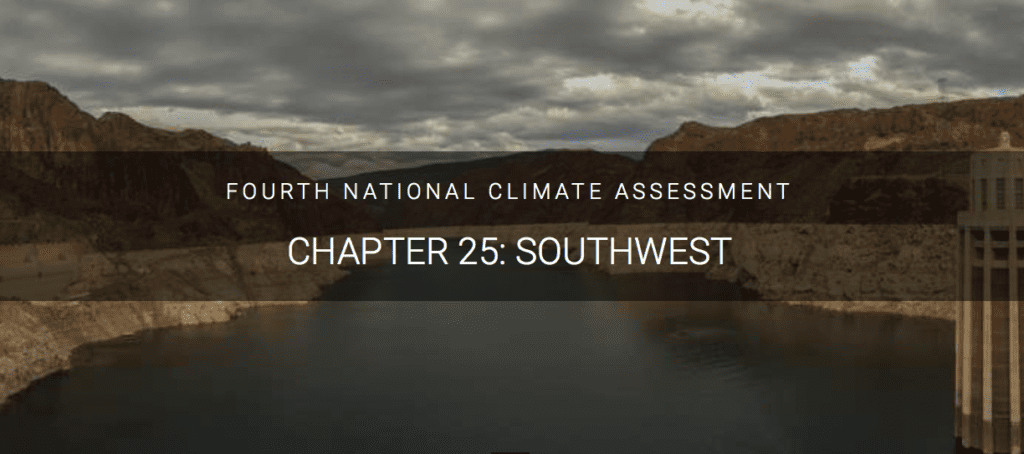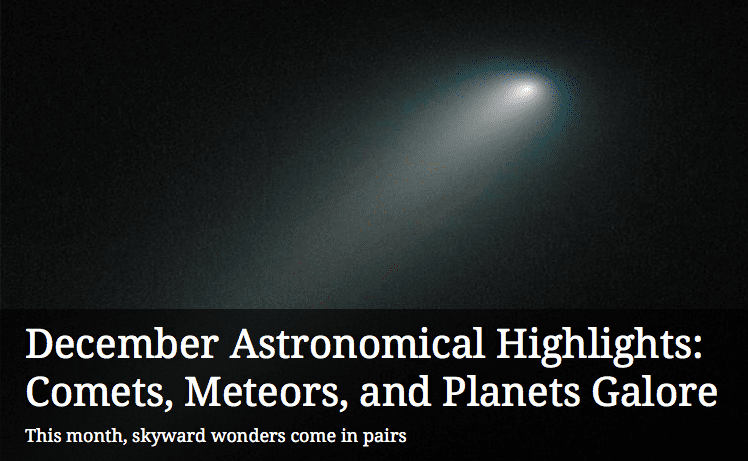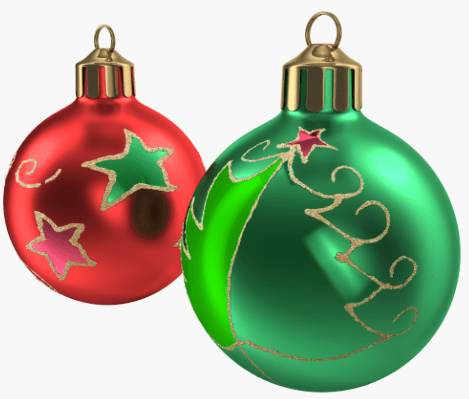1. New Scientific Report From Numerous Federal Agencies Describes Effect Of Climate Change To Everyone, Everywhere in the United States by a warmer world. From more rainfall in the Midwest to drying in the southeast to melting of the permafrost in the north.

The audio report is introduced by Ira Plato of NPR’s SciFri, joined by Bob Kopp, Director of the Rutgers Institute of Earth, Ocean, and Atmospheric Sciences to discuss the areas of the country where the results of climate change maybe aren’t grabbing headlines, but are still having a profound impact on society.
Find out what the report says about your region’s climate future: This is a “must listen and must read” for everyone. Go to https://www.sciencefriday.com/segments/where-will-climate-changeimpact-the-u-s-everywhere/
- Northeast
- Southeast
- U.S. Caribbean
- Midwest
- Northern Great Plains
- Southern Great Plains
- Northwest
- Southwest
- Alaska
- Hawai’i and U.S.-Affiliated Pacific Islands
Further Reading
Read a summary of the 2018 Fourth National Climate Assessment.
2. December Is A Time To Turn Your Eyes To The Sky

A Comet Duo
In late November, the newly discovered Comet Machholz-Fujikawa-Iwamoto, or C/2018 V1, appeared in the night sky and will remain there through early December. It will stay close to the western horizon and set soon after the sun, making it hard to spot except for the brief window when the sky is fully dark. C/2018 V1 will slide from the constellation Serpens Caput into Ophiuchus and then Serpens Cauda, or from lower right angling upper left across the western horizon. If you are familiar with the Summer Triangle, look below that to find the right region of sky. If you own a Go-To telescope, program it to find M10 on December 1, when the comet is near this star cluster. The comet’s closest approach to the sun is December 3/4.
An even better chance to spot a comet arrives in mid-December. Comet Wirtanen will pass 30 lunar distances from Earth, which is considered a close brush in the overwhelming distances of space. In the evening, start looking for Wirtanen in the eastern sky with a small telescope or binoculars. The peak of brightness should occur around December 16, when the comet is predicted to reach naked-eye visibility, although because of its diffuse nature and a brightening gibbous moon nearby, it won’t be an easy catch without optical aid. On that date, the comet will be in the constellation Taurus in the east, not far from the Pleiades star cluster. Throughout the course of December, Comet Wirtanen will move along the eastern horizon from right to left, from Cetus into Taurus and then Auriga. Just before Christmas, you can find it next to the bright, sparkling star Capella.
A Pair of Meteor Showers
Along with its dueling comets, December also hosts two meteor showers. The Geminid meteor shower is historically one of the better annual meteor showers, with up to 100 meteors an hour at peak, which falls on December 13/14.
The Ursid meteor shower occurs between December 17 and 23, with the peak of activity around 21/22. The Ursids make for a much quieter show, with a ZHR, or zenithal hourly rate, of 10, compared to the Geminids’ 100. The full moon on December 22 will also make for a more-washed-out night sky, impacting your ability to see the Ursids.
Neptune Nears Mars
Neptune is dim enough, at magnitude 7.9, that it requires binoculars or a telescope to spot. To anyone trying to track down the elusive planet, it can be indistinguishable from background stars. That is, unless you have a bright signpost pointing the way. Reddish Mars will be just such a guide on December 6 and 7 when the Red Planet is less than a degree from Neptune. Find reddish Mars in the southwest after the sky has grown completely dark. Focus binoculars on it and then look for a point of light nearby that may even look slightly bluish. This object is Neptune.
On December 6, Neptune will be to the upper left of Mars, and on the next night, December 7, Neptune will appear on the lower right—it’s Mars that has made the jump, which you may be able to discern by the difference in the background stars. A 6.2-magnitude star (81 Aquarii) stands above Neptune on December 6, but by the 7th , Mars will have wedged itself in between this star and Neptune. Mars will continue to rise ever higher in Aquarius and will be joined by the moon on December 14. Before the end of December, Mars will cross into Pisces, making a beeline toward Uranus. These two planets will be just under a degree apart in February. It’s not as close as the Mars/Neptune pairing, but still a good guidepost to look forward to for the chance to find another elusive gas giant.
There’s more notable planetary activity this month. After sunset on December 8 and 9, a very slender crescent moon nears Saturn by the southwestern horizon. Early risers can also spot Venus, Jupiter, and Mercury in the east before sunrise this month. Note especially December 21 and 22, when Jupiter and Mercury come within approximately a degree of each other. Last but not least, the solstice arrives on December 21 around sunset, signaling the start of winter. Source: Sierra Club.org
3. The Arizona Water Resources Research Center Is Seeking Community Based Solutions.

The February 1st WRRC 2019 Conference, Arizona Runs on Water: Scarcity, Challenges, and Community-based Solutions, will explore how Arizona’s regions, cities and towns, tribes, and rural areas are working to meet their future water needs. In order to highlight as many perspectives as possible, we have added a new participatory element to this year’s event. We are soliciting case studies that describe a community water challenge/solution, including the barriers or opportunities that have hindered or helped the community work toward a solution. You can submit your case-study through a simple online form and you don’t have to attend the conference to contribute. All the submittals will be included in a compendium of case studies as a follow-up to the conference; however, several submitting authors will also have the opportunity to present a three-minute lightning talk during the conference lunch session. Lunch speakers must be registered for the conference, which will take place on February 1, 2019 (8 am – 2 pm), at the Black Canyon Conference Center, 9440 N. 25th Ave., Phoenix, Arizona.
Submit your case study here
WRRC 2019 Conference Information here
4. Department Of Environmental Quality Request Your Comment.

The Arizona Department of Environmental Quality is proposing to reissue an Arizona Pollutant Discharge Elimination System (AZPDES) general permit, authorizing stormwater discharges associated with industrial activities to waters of the U.S. The proposed permits are intended to replace permits AZMSG2010-002 and AZMSG2010-003. These permits are issued pursuant of the Federal Clean Water Act, in compliance with State statutes and rules*. The permit covers discharges from the 29 specified industrial sectors that have stormwater discharges associated with industrial activities within Arizona, except for Indian Country.**
Public Comment Period:
Until January 7, 2019
Public Hearing:
Monday, January 7, 2019, 10 a.m.
ADEQ Phoenix Office
1110 W. Washington St.
Phoenix, AZ 85007
Comments may be submitted as follows:
by Email >
by Mail (Must be postmarked or received by Jan. 7, 2019)
Attn: Christopher Henninger
1110 W. Washington St.
Phoenix, AZ 85007
View Public Notice/Related Documents > at AZDEQ.GOV
5. Christmas Quiz: Which object, which is a part of the Christmas activities, was introduced by St Boniface circa 744 AD. Answer at the end of the newsletter.
6. “It’s The Most Wonderful Time Of The Year. With Kids Jingle Belling And Everyone Telling You Be Of Good Cheer, It’s The Most Wonderful Time Of The Year.” And It Could Be Toxic Too! Time to start decorating your house, your yard, your Christmas Tree.
If you’ve pulled your artificial Christmas tree and artificial wreath out to decorate, it is time to take a close look at both.
If the tree and wreath have “needles” that are dark green and shiny, your decorations will be hung safely for all members of the family to enjoy.

If the tree and wreath have “needles“ that are dull and have lost their luster, it may be time to send that tree or wreath to the landfill and replace them with a new tree or wreath. The reason to toss your tree or wreath? If your tree or wreath is dull, it is because the white lead that was sprayed on all of the “needles” to make them look lustrous, has become brittle, cracked and has fallen to the floor or the ground. You will have no real worries if the tree and wreath is hung outside. The lead will be found in the soil in small amounts as the majority of it has blown away. If you display your Christmas tree and wreaths in the house, you have to be a little concerned, as the led would have fallen to the floor. If you notice your pet(s) licking the floor where the tree stands, or has stood over time, there may be toxic lead present.
There are two methods to determine the presence of lead on the floor. Method one is to use a soft, clean cloth and wipe the floor. Fold the carpet inward and take it to a laboratory for analysis. Method two is quick, simple and cost free. Simply get on your hands and knees and lick the carpet. If the carpet has a “sweet” taste, it is contaminated with lead. This lead is toxic to small children and family pets. To “fix” this issue, replace your tree and clean the carpet with HEPA equipped vacuum cleaner. Be safe, and make this a most wonder time of the year! Answer to question 5 above: Christmas Tree (Read more at www.catholic.com/…/st-bonifaceand-the-christmas-tree)




